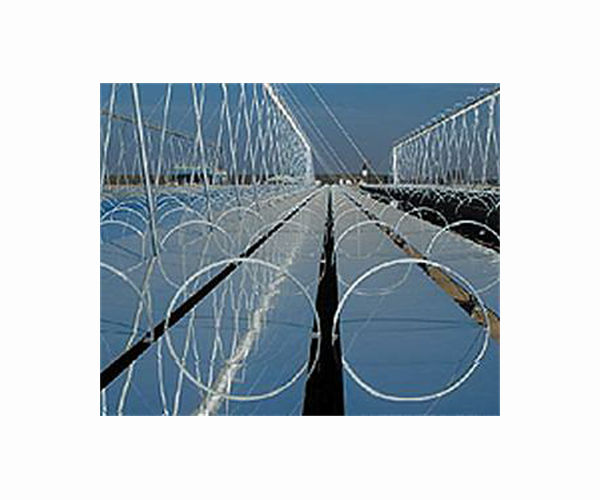AI designed nanostructure coating cuts the reflection of solar energy and increases cell efficiency
Conventional silicon solar cells lose almost half of their potential light energy to surface reflection, but a new anti -reflecting coating can decrease that loss dramatically. Researchers have developed a precision-designed metasurface that is composed of a single ultrathin layer of polycrystalline silicon nano structures, which improves light absorption over a wide spectrum and incidence angles.
The new design, detailed in Advanced Photonics Nexus, combines forward and reverse computational strategies with artificial intelligence to produce a coating that minimizes reflection from 500 to 1200 nanometers. With direct light incidence, it only reflects 2 percent of the sunlight and only 4.4 percent on steep corners. These performance levels are unprecedented for anti -reflective solutions with one layer.
In contrast to traditional coatings, which are limited to narrow frequency and angle ranges, this metasurface remains very effective, even when sunlight strikes under non-optimal corners. The success stems from the merger of innovative design algorithms and material simplicity, and offers a new path to scalable upgrades of solar panels.
The researchers emphasize the potential of the coating for mass production and integration in current photovoltaic production lines. By reducing reflection so efficiently with minimal added complexity, it can accelerate the use of clean energy worldwide.
Moreover, the approach represents broader progress in Metasurface -Engineering. It can stimulate multifunctional photonic coatings that are beneficial for applications in sensors, imaging systems and other optical technologies.
Research report:Forward and inverse design of Metasurface-based broadband Anti-reflecting coating with one layer for silicon solar cells

